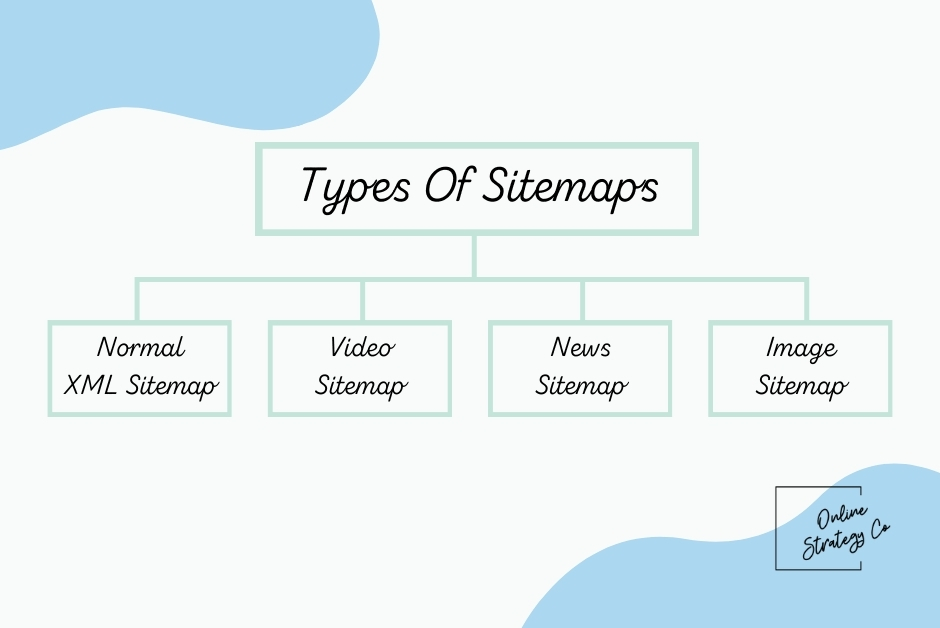
What is Sitemapping? A Beginner's Guide
A sitemap is a blueprint of your website that helps search engines find, crawl, and index all of your website’s content. It provides valuable information about the structure of your site, making it easier for search engines to navigate and understand the hierarchy of your pages. Sitemaps are crucial for effective SEO, ensuring that your content gets discovered by search engines and, ultimately, by users.
Understanding the Difference: Sitemapping, Crawling, Indexing, and Ranking
Sitemapping, crawling, indexing, and ranking are all distinct yet interconnected processes that play a crucial role in how search engines manage and display website content.
If you find SEO tech-talk absolutely confusing beyond belief, we have a SEO terms cheat-sheet which should help demystify the whole situation – don’t worry, we’ve made sure it’s got “real people speak”
Sitemapping involves creating a blueprint of your website that lists all its URLs, helping search engines discover and understand your site’s structure. Crawling is the process by which search engine bots, also known as spiders, navigate through your site’s pages by following links, collecting data about each page they visit. Indexing occurs after crawling, where the collected data is analysed and stored in the search engine’s database, making it accessible for search queries. Finally, ranking is the process where search engines evaluate the indexed pages based on numerous factors, such as relevance, quality, and user experience, to determine the order in which pages appear in search results. Each step is crucial: sitemapping ensures visibility, crawling gathers content, indexing organises the data, and ranking prioritises it based on search relevance, collectively ensuring efficient and effective search engine operation.
Types of Sitemaps
There are four main types of sitemaps:
1. Normal XML Sitemap
- This is the most common type of sitemap. An XML sitemap lists all the URLs on your website, providing metadata about each URL (such as when it was last updated, how often it changes, and its relative importance). This helps search engines like Google crawl your site more intelligently.
2. Video Sitemap
- A video sitemap is used to help Google understand video content on your site. It provides information about the video content, such as the video’s title, description, play page URL, thumbnail URL, and raw video file location. This is especially useful for websites with a significant amount of video content, as it enhances video discoverability in search results.

3. News Sitemap
- A news sitemap is specifically designed for websites that are approved for Google News. It helps Google find and index the latest articles published on your site. This type of sitemap includes details such as the publication date, title, and keywords of news articles, ensuring timely and relevant content is available in Google News.
4. Image Sitemap
- An image sitemap helps Google find all the images hosted on your site. It provides information about each image, such as its location, caption, and title. This is particularly beneficial for websites with extensive image galleries or visual content, as it can improve image search rankings and visibility.
Why are Sitemaps Important?
Sitemaps play a crucial role in search engine optimisation (SEO). Some of the benefits of having a sitemap include:

- Improved Crawling and Indexing: Sitemaps ensure that search engines can find and index all relevant pages on your site, even those that may not be easily discoverable through the sites internal linking structure.
- Enhanced Search Visibility: By providing detailed information about your content, sitemaps can improve the chances of your pages appearing in search results, including specialised search results like video or image searches.
- Prioritisation of Content: Sitemaps allow you to specify the importance of different pages on your site, helping search engines understand which content you consider most valuable.
- Timely Updates: Regularly updated sitemaps inform search engines about recent changes to your site, ensuring that new or updated content is indexed promptly.
Do I Need a Sitemap?
While not every website technically requires a sitemap, having one is highly recommended, especially for:
- Large Websites: If your site has a vast number of pages, a sitemap ensures that all content is discoverable.
- New Websites: For new sites with few backlinks, a sitemap helps search engines find your content.
- Content-Rich Sites: Sites with lots of media content (videos, images, news) benefit significantly from specialised sitemaps.
- Poor Internal Linking: If your site’s internal linking structure is not robust, a sitemap can help ensure that all pages are indexed.
How to Make a Sitemap
Creating a sitemap can be straightforward, thanks to various tools and plugins available. Or of course you can get us to do it for you!
Some of our preferred ways to create a sitemap:
1. Manual Creation:
- Write the XML code that lists your URLs, specifying metadata for each. This method requires knowledge of XML syntax.
2. Using a Sitemap Generator:
- Numerous online tools can generate a sitemap for you. Simply enter your website URL, and the tool will create an XML sitemap that you can download and upload to your site.

3. CMS Plugins:
- Content Management Systems (CMS) like WordPress offer plugins (e.g., Yoast SEO, Google XML Sitemaps that automatically generate and update sitemaps for you.
4. Google Search Console:
- Once your sitemap is created, submit it to Google Search Console. This helps Google find and index your sitemap efficiently.
Steps to Submit Your Sitemap:

- Log in to Google Search Console.
- Select your website.
- Navigate to “Sitemaps” under the “Index” section.
- Enter the URL of your sitemap (e.g., www.yourwebsite.com/sitemap.xml).
- Click “Submit”
By following these steps, you can ensure that your sitemap is effectively utilised by search engines, leading to better indexing and improved search visibility for your website.
Sitemaps are an essential component of a well-optimised website, aiding in the discovery, crawling, and indexing of your content. Whether you’re running a large e-commerce site, a content-rich blog, or a media-heavy platform, creating and maintaining a sitemap is a critical step toward achieving better SEO performance.
